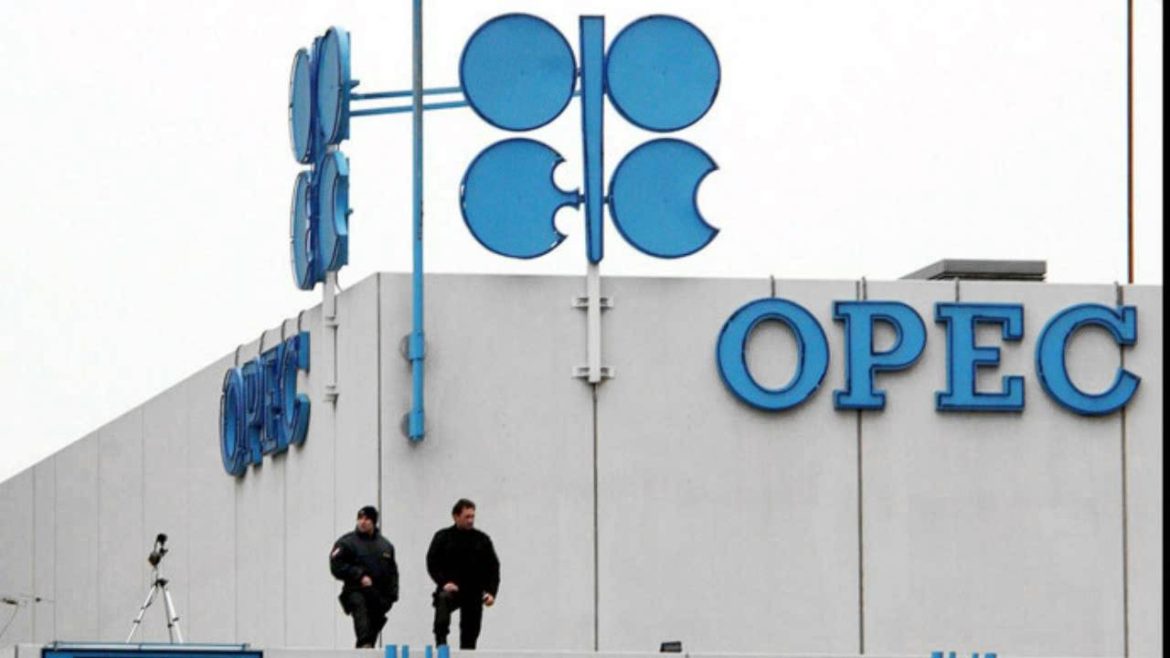Efforts to join back together what was put asunder 135 years ago in the widely acclaimed Berlin Conference have recently got a boost. As part of the culmination in attempts at re-integrating a hitherto disintegrated continent, Africa has recorded a landmark. A little more than a year ago, African leaders held an Extraordinary Summit (or, if you like, a conference) on the African Continental Free Trade Area (AfCFTA) from March 17 to 21, 2018, in Kigali, Rwanda. In this historic conference, the Agreement establishing the AfCFTA was presented for signature, along with the Kigali Declaration and the Protocol to the Treaty Establishing the African Economic Community relating to the Free Movement of Persons, Right to Residence and Right to Establishment.
Of the 55 AU member states, 44 signed the consolidated text of the AfCFTA Agreement, 47 signed the Kigali Declaration and 30 signed the Protocol on Free Movement. Was this an indication that Berlin Conference text is on its way to irrelevance, or a renaissance of Africa as a regional economic bloc? A few important contemporary issues might shed some light. How well AfCFTA could function under the circumstances in which all players are not on the same level playing field might present some interesting scenarios. In Africa there are 33 countries that are classified as least developed countries. These are Angola, Benin, Burkina Faso, Burundi, Central African Republic, Chad, Comoros, DR Congo, Djibouti, Eritrea, Ethiopia, Gambia, Guinea, Guinea Bissau, Lesotho, Liberia, Madagascar, Malawi, Mali, Mauritania, Mozambique, Niger, Rwanda, Sao Tome and Principe, Senegal, Sierra Leone, Somalia, South Sudan, Sudan, Tanzania, Togo, Uganda and Zambia.
This is unlike In Asia where nine countries are classified as least developed countries, namely Afghanistan, Bangladesh, Bhutan, Cambodia, East Timor, Laos, Nepal, Myanmar and Yemen. Whether AfCFTA is to be taken seriously or not, time will tell, especially as the annual Human Development Index has indicated that the highest inequalities can be found in Sub-Saharan Africa. Niger, the country designated the least developed African nation has a Gross National Income per capita of $906. The Central African Republic, with a Gross National Income per capita of $663 comes second after Niger, while South Sudan comes third on the list with a Gross National Income per capita of $963. How much economic weights these will pull in AfCFTA would be of interest, particularly in the context of trade and associated development.
A cursory review of Africa’s political and economic history easily reveals that the historic Berlin Conference has, for a while, cast a long shadow over Africa socially, economically and politically. Africa became westernised in culture and remains economically dependent on Europe in many ways. By extension, the continent has variously been politically to Europe. Over a century, the main attraction for Europe in Africa remains the same – Africa’s resource dependency and Europe’s thirst for such resources in the forms of mineral resources or agricultural raw materials. Then and now, trade in those resources has been the first and enduring factor defining the relationship. In that relationship with Africa, trade preceded statehood or countries that we see or belong to today. Europe was trading with Africa without what is today regarded as geopolitical boundaries. Trade triggered the European scramble for Africa and determined the artificial boundaries that marked the present-day nation-states.
Africa’s entry into global market or its participation in the globalisation trends had been for a long while. The signing of Berlin Conference agreements prevented hostilities among contending European countries and allowed free trade between them and their colonies, although these were carried out without recourse to or consultation with African leaders back then. The relevance of Africa to Europe remains largely the one based on its commodity exports, mostly in raw, unprocessed forms. The colonising European countries were trying to fuel their industrialisation by way of increased need for raw materials. It has not changed much. The Uranium of Niger powers the nuclear plant in France. Some exports today are not for industries but for food. Banana from Cameroon is sold in French groceries. The Kenyan tea is sold in the UK’s supermarkets and the Ghana’s cocoa is bought by German chocolatiers.
As at 2017, over 60 per cent of goods imported to the EU from Africa were primary goods while there was a continuation of export of predominantly manufactured goods from Europe to Africa. Trade remains a constant factor defining various forms of economic cooperation between Africa and Europe. It was the core issue involved in the ACP-EU inter-regional cooperation, in which Africa features significantly. Although successive agreements have been revised to meet new challenges, Africa has not been significantly better off with the EU. The ACP-EU’s “compassionate” model of Economic Partnership Agreement (EPA) was touted as flagship intervention, despite the heavy emphasis and insistence on Africa and other participating countries export commodities only in their raw forms, which end up yielding very little revenues. This shows that Africa still remains an unequal partner in the trade deal.
The main features of this partnership are development cooperation – at national, regional and multi-regional levels – the promotion of economic links and trade exchanges and political cooperation. The historical importance of African countries featuring prominently in the hosting of meetings that led up to the final agreement does not seem to make much difference. Poverty eradication and sustainable development are at the core of the ACP-EU Cotonou Agreement (2000 to 2020) with 79 ACP nations. A journal article on the “EU Trade Policy & the Future of Africa’s Trade Relationship with the EU,” published in the Review of African Political Economy, disclosed that the “economic partnership agreement (EPA) negotiations are based on a shift from the Lomé Convention’s non-reciprocity commitment to a basic regime of free trade between the EU and EPA regions, involving liberalisation of trade in goods, trade-related areas and services.”
The journal article also noted that, whereas Europe has already effectively integrated, not many African regions have yet got very far in regional integration. However, it added that the EC is forcing the pace in negotiations in ways that will be with the EU rather than within a country’s own region, and on the EU’s terms. According to the article, ‘development dimension’ adds an element of window-dressing (or sugaring of the pill). Beyond the consideration for the ACP-EU integration, wider opportunities exist for trade, but Africa hasn’t done much to adequately tap into these.
Because of supply-side constraints, including the lack of necessary infrastructure (roads, ports, telecommunication facilities, etc) and insufficient trade facilitation institutions, many Least Developed Countries (LDCs) have been unable to take advantage of existing market access opportunities, observes the International Centre for Trade and Sustainable Development (ICTSC). “The lack of knowledge by private sector and other stakeholders about these potential opportunities and how to access them has also affected the level of participation of LDCs in the Multilateral Trading System (MTS). Trade, often considered an engine of growth, has therefore not been fully used to spur economic growth in some of these countries.
A global incentive, intended to unlock the trade opportunities for the LDCs has been unveiled. According to the World Bank, Aid for Trade (A4T), a multilateral initiative is one such incentive. Designed to assist developing countries, especially low-income countries, spur growth by integrating into the world economy, A4T is meant to help developing countries take fuller advantage of engaging regional and world markets, harness the poverty alleviation potential of trade and address the many obstacles hampering cross-border commerce. A4T aims to ensure that the benefits from trade and investment liberalisation and of participating in trade negotiations are inclusive and generate benefits that reach everyone, everywhere. The A4T initiative was lunched formally in 2005, at the Hong Kong Ministerial of the World Trade Organization (WTO).
Recognising the changing nature of trade, the Organisation for Economic Co-operation and Development (OECD), in partnership with the World Trade Organisation (WTO), disclosed in a joint publication joint publication on “Promoting Trade, Inclusiveness and Connectivity for Sustainable Development,” that A4T focuses on “trade connectivity, which is critical for economic growth, inclusiveness and sustainable development.” It recognised that “physical connectivity enables the movement of goods and services to local, regional and global markets.” Although it made a point about the relevance of digital connectivity in today’s trade environment, it added, however, that “the Internet remains inaccessible for 3.9 billion people globally, many of whom live in the least developed countries, of which African countries take a big chunk. To develop Africa therefore and prepare it for modern trade, this is one of the areas that much work still needs to be done. It has to start somewhere. And, considering the urgency and expected impacts, Africa must evolve a strategy for digital transformation to boost international appeal and business prospect. It’s time Africa finds its own true level on the international trade turf.








